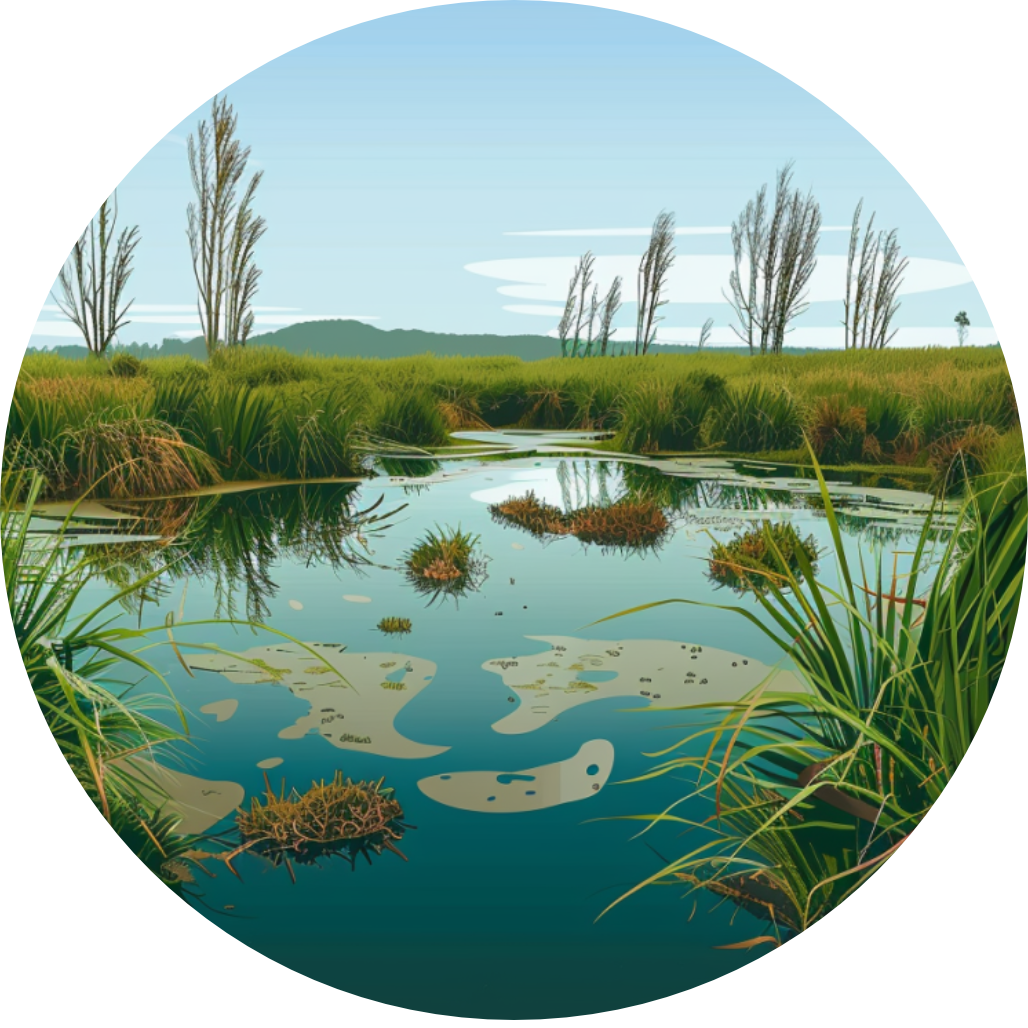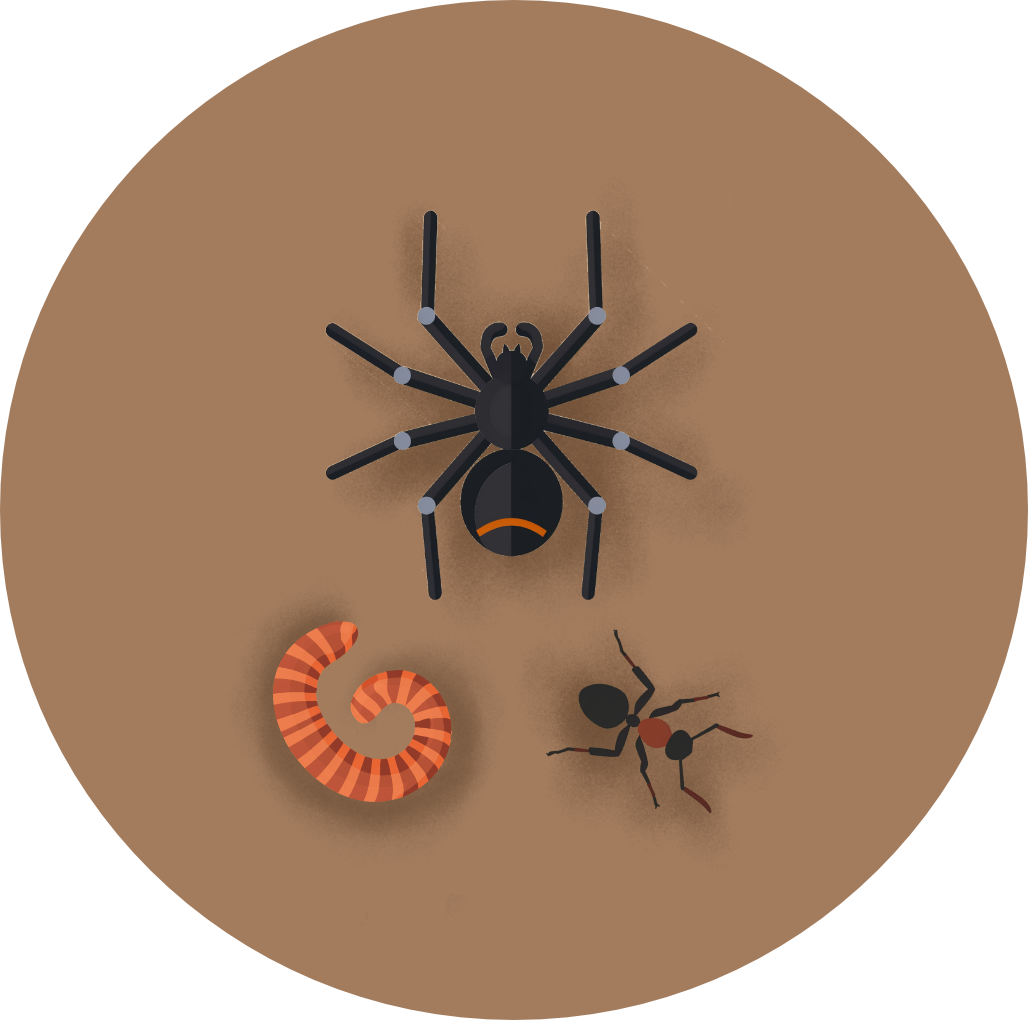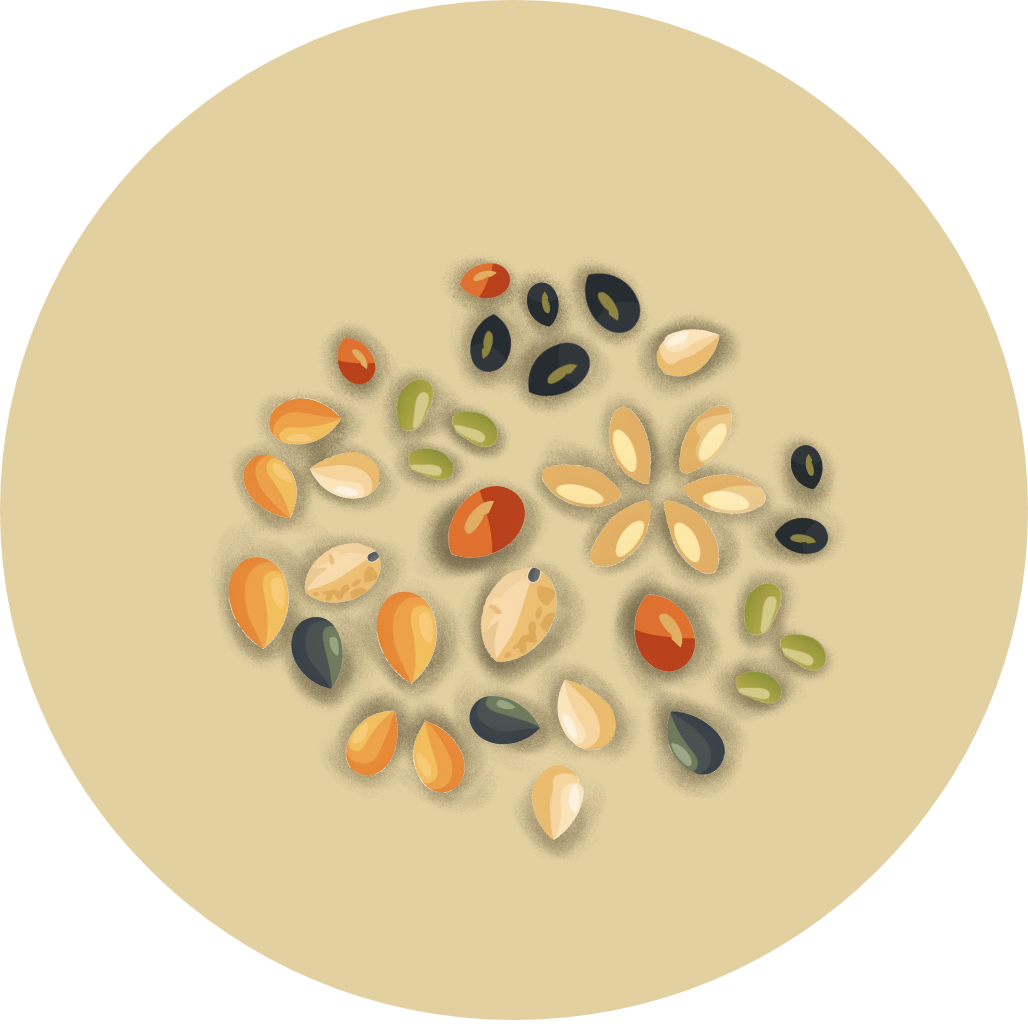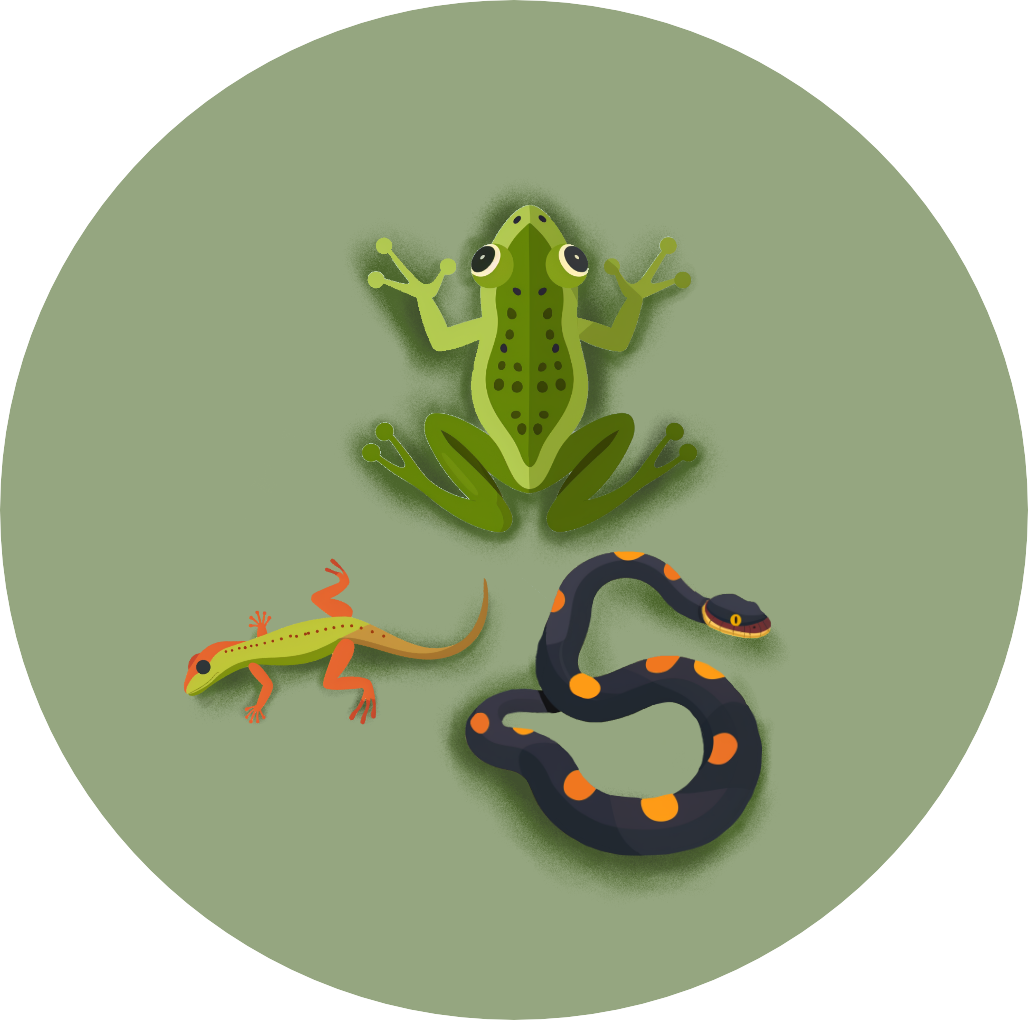
Australasian Swamphen
Porphyrio melanotus
Also known as: Pukeko


Porphyrio melanotus
Also known as: Pukeko

The Australasian swamphen, known as pūkeko in New Zealand, is a striking native bird found throughout the country. About the size of a chicken but with longer legs, this colourful bird has become a familiar sight in wetlands, farmlands, and even urban parks. Its bold appearance and quirky behavior make it a favorite among both casual observers and dedicated birdwatchers.
1. Bright red bill and frontal shield, contrasting with deep blue-purple plumage
2. Long orange legs and feet with oversized toes
3. Distinctive upright stance and flicked-up tail when walking
Pūkeko have a fascinating social structure, often living in communal groups. They breed in complex family units, with multiple birds contributing to nest-building, incubation, and chick-rearing. Their diet is primarily vegetarian, but they occasionally eat small animals. While generally thriving in New Zealand, they can face threats from habitat loss and road accidents. Their adaptability to human-modified environments has helped maintain their population.
Pūkeko are widespread throughout New Zealand, found in both rural and urban areas. Look for them in wetlands, swampy areas, and alongside streams and ponds. They're also common in grassy areas near water, including farmland and parks. Pūkeko are active during the day, often seen foraging in groups. They're particularly visible in early morning and late afternoon. Tip: Listen for their loud, distinctive 'pew-kew' call, which gave them their Māori name.
Known as pūkeko in te reo Māori, this bird holds significant cultural value. Māori traditions suggest pūkeko arrived with early Polynesian settlers, though fossil evidence indicates they self-introduced from Australia. They feature in Māori mythology and are seen as a symbol of swamp guardianship. The pūkeko's adaptability and success in the face of landscape changes make it a symbol of resilience in New Zealand's evolving ecosystems.
44 cm
980 g






Coming Soon!
Top birding locations will be available in a future update.